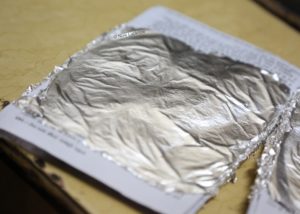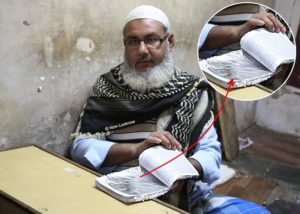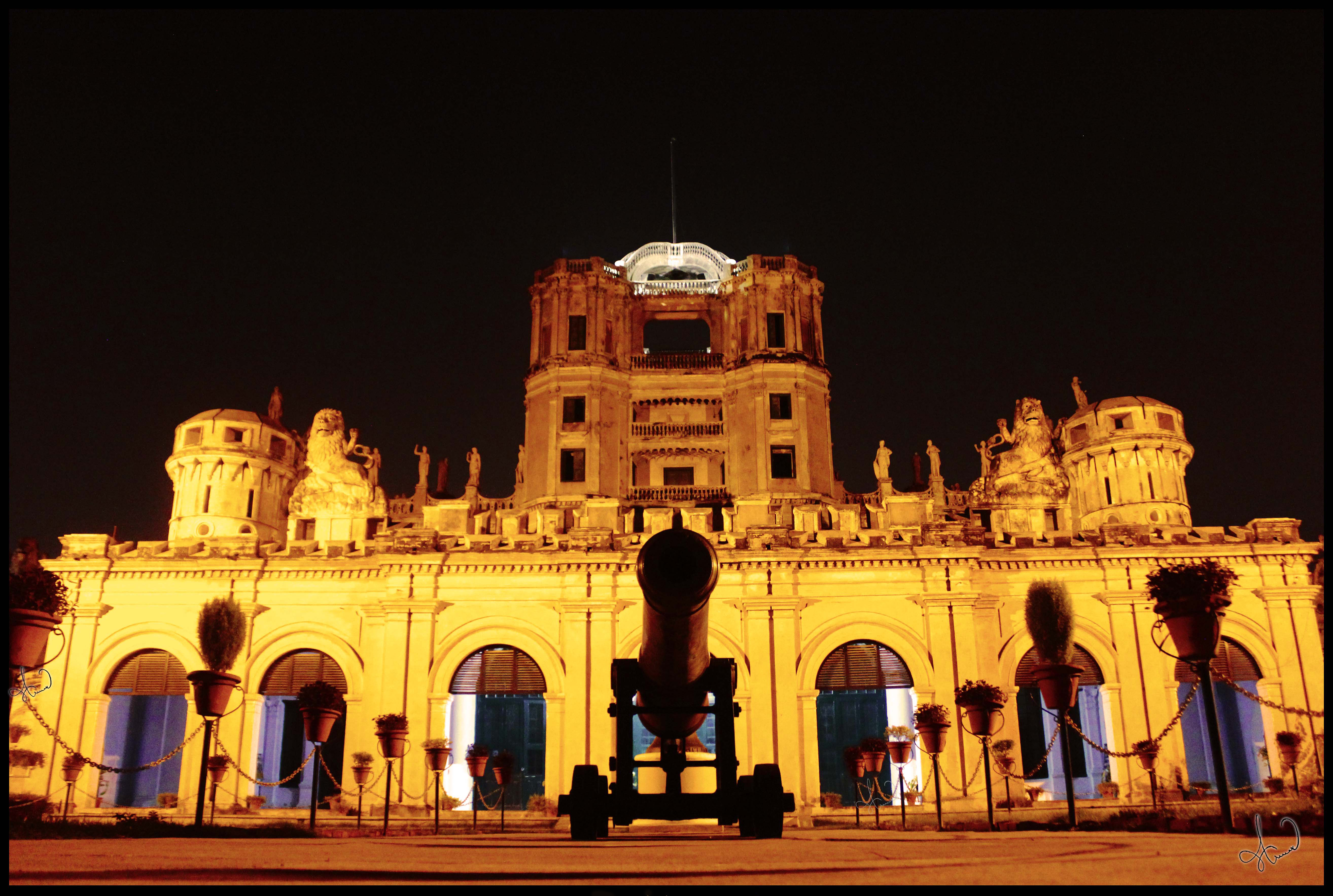We all love decorating our mithais and laddoos with Chandi ka Varq or silver leaf, but do you know that the art of making silver leaf is almost indigenous to the city of Lucknow? It’s only here that you will find shops – almost a hole in the wall – where the only work being done is the making of this silver foil. Travel into the narrow lanes of Chowk and Nakkhas, and the dull, rhythmic sound of the beating of silver to make what is Chandi Ka Varq can still be heard.
WHAT
 German leaf or Chandi ka Varq, as we call it, is edible silver leaf usually used for decorating food items like sweets and laddoos; it is also extensively used in garnishing paan.
German leaf or Chandi ka Varq, as we call it, is edible silver leaf usually used for decorating food items like sweets and laddoos; it is also extensively used in garnishing paan.
HOW
 Though it looks pretty and is so often delicately resting on our favourite desserts, making the varq itself is a task that requires immense skill. Traditionally, a small piece of silver is pounded into thin sheets between the covers of a special book made of animal hide. Silver is generally pounded for over a couple of hours before it is beaten into very thin silver pieces. There is almost a rhythm to the pounding of the silver and the movements of the maker match its every beat. These pieces are very thin and fragile and hence need to be backed with parchment or paper for support. Of course, the support needs to be peeled off before the varq is used.
Though it looks pretty and is so often delicately resting on our favourite desserts, making the varq itself is a task that requires immense skill. Traditionally, a small piece of silver is pounded into thin sheets between the covers of a special book made of animal hide. Silver is generally pounded for over a couple of hours before it is beaten into very thin silver pieces. There is almost a rhythm to the pounding of the silver and the movements of the maker match its every beat. These pieces are very thin and fragile and hence need to be backed with parchment or paper for support. Of course, the support needs to be peeled off before the varq is used.
HISTORY
Mentioned in the scriptures as having medicinal properties, the art and beauty of varq, and its trade potential made Nawab Wajid Ali Shah a great patron of it and it was he, who promoted this art widely in Lucknow. However, the art is now in peril – modern technology has changed the varq-making process and there are hardly any vendors left who make it the traditional way.
Yet, if you still wish to experience this art in person, you can do so at the Phool Wali Gali in Chowk, Lucknow.



